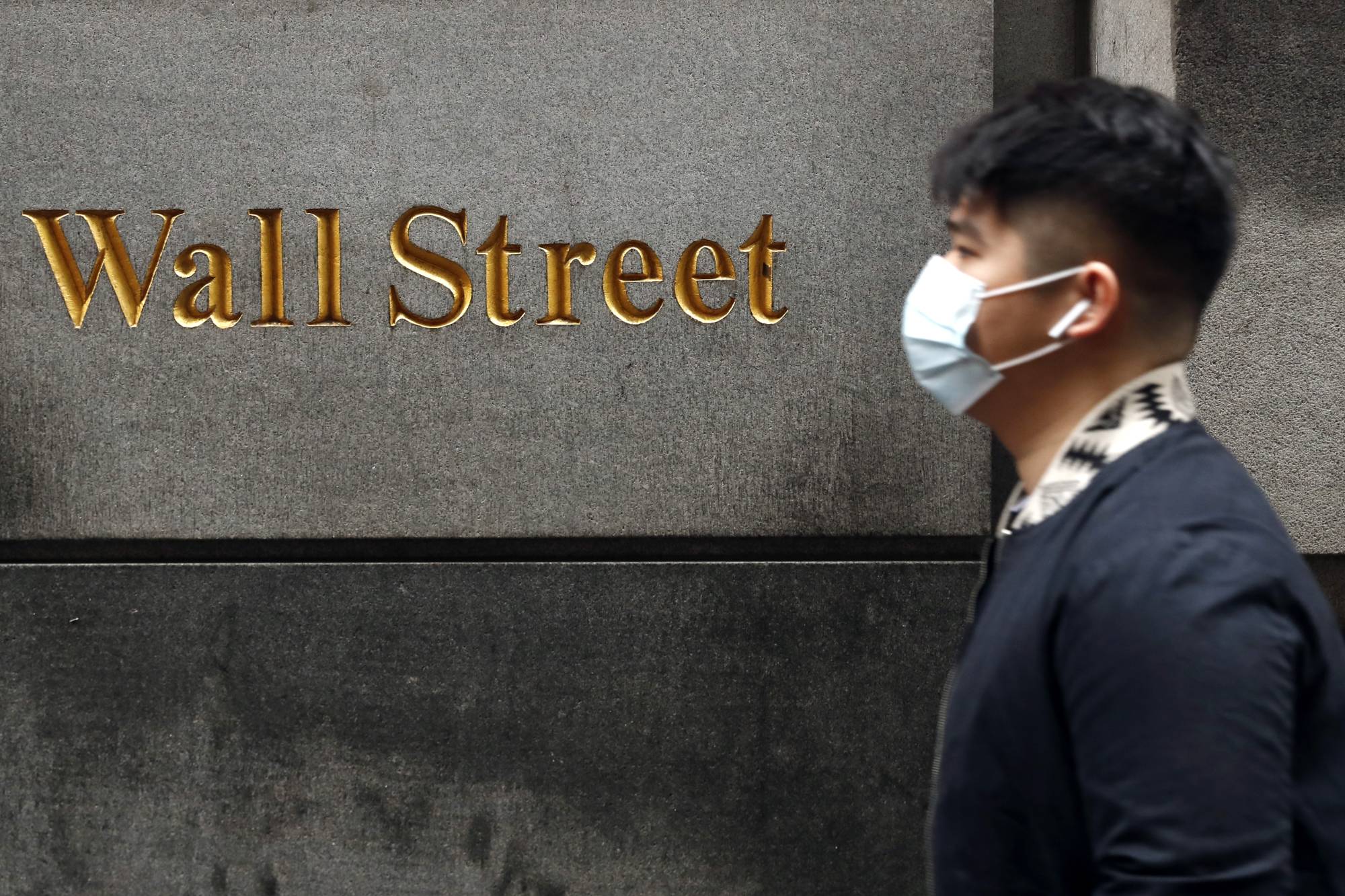Along with the rest of the world, entrepreneurs have spent the past dozen years living in an unprecedented financial environment. Responding first to the stubbornly slow recovery from the 2008 financial crisis and then to the recession caused by COVID-19, major central banks have sustained an array of unconventional initiatives and asset-purchase programs collectively known as “quantitative easing” (QE).
The direct result has been a massive accumulation of financial reserves in central banks and throughout the financial system and a reduction of nominal interest rates on risk-free financial assets to levels below the rate of inflation. Interest rates are thus negative in real terms (and even in nominal terms, in some cases).
Years of unconventional monetary policies have also had a secondary effect on investment behavior. Under the conditions that central banks have created, investors (both institutional and retail) have become increasingly aggressive in their pursuit of positive real returns. Not only have they accepted increased levels of fundamental risk (that is, the risk of business failures wiping out the value of their securities); they also have become increasingly willing to accept illiquidity, buying securities that they cannot freely resell.

















With your current subscription plan you can comment on stories. However, before writing your first comment, please create a display name in the Profile section of your subscriber account page.